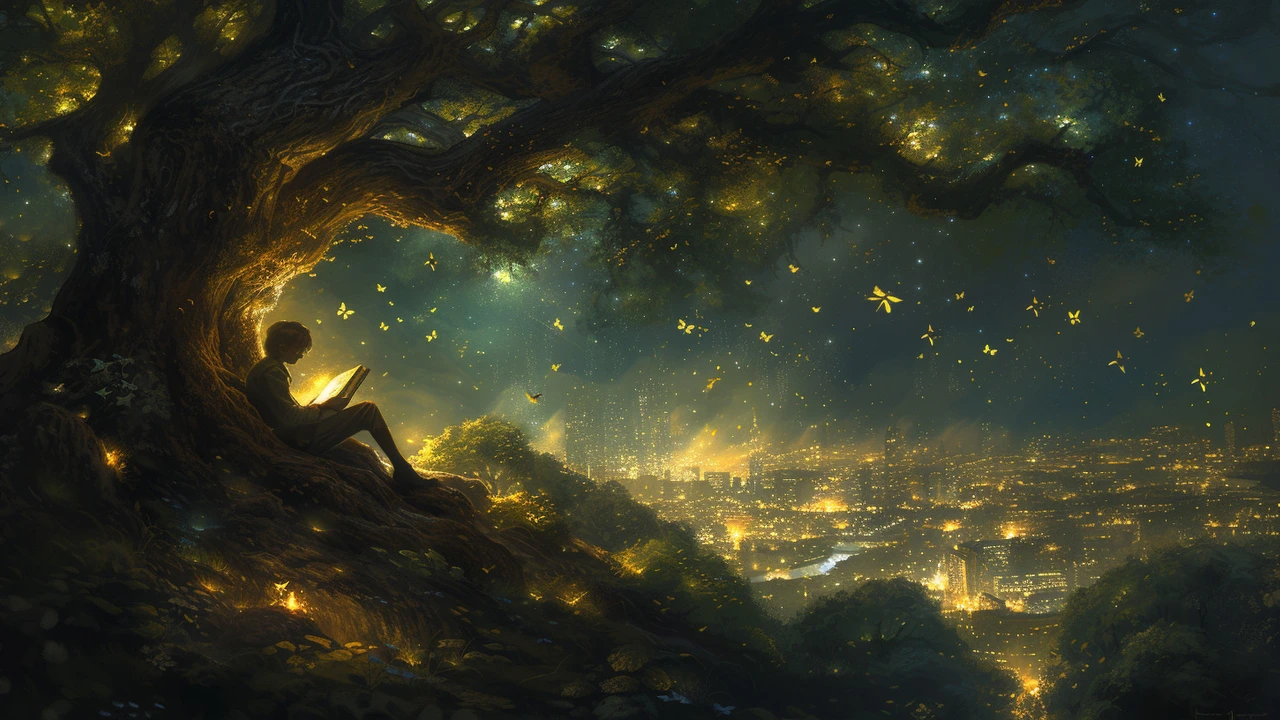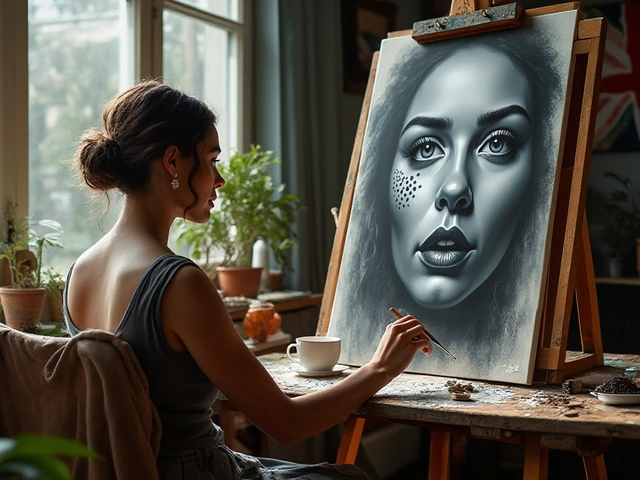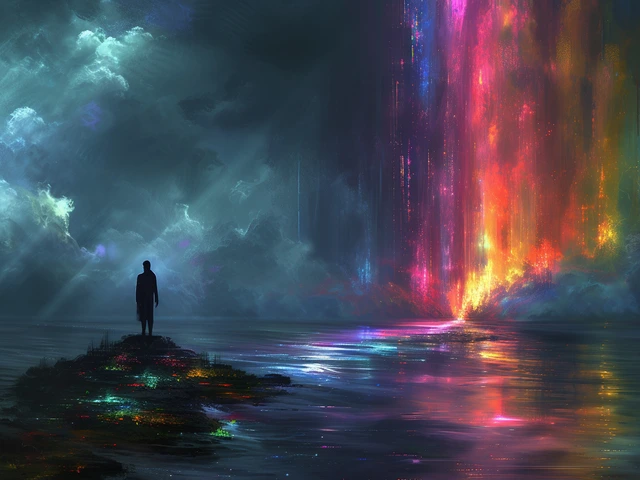Unlocking the Mysteries of Magical Realism
Magical realism is like a secret door in the mundane wall of the everyday, opening to a hallway glittering with the extraordinary. This literary genre takes the ordinary and injects it with a dose of the fantastic, creating a world where the line between the real and the magical becomes blurred. It's not just about wands and wizards, oh no, it's a tool—a rather clever one at that—used to expose and dissect the intricate tapestry of the real world and its many issues.
Historical Roots: When Literature Met Magic
Our trip down memory lane brings us to the sultry branches of Latin America, where magical realism first blossomed. It’s been said to reflect the continent's mixture of indigenous and colonial cultures, a bit like a cultural cocktail. Writers didn’t just dip their toes; they dove into this blend of reality and myth, serving up stories spiced with enchantment that tells of their times and tribulations.
A Fusion of Real and Unreal: Defining Characteristics
So, what’s the recipe for this literary concoction? A dash of tangible reality, a pinch of palpable emotion, and a generous helping of magic that doesn’t bat an eye at the laws of physics. The world of magical realism is one where you might have a ghost casually joining for dinner, and nobody at the table questioning its dietary preferences.
Voices of Enchantment: Authors and Pioneers
Luminaries of magical realism 'held the pen' that scribbled outside the boundaries of the conventional. Gabo—my dear friend Gabriel García Márquez—crafted worlds imbued with wonder, yet achingly familiar. Isabel Allende took us through labyrinthine family sagas, where the past whispered secrets through the walls. These authors painted with a palette where reality and myth danced in harmony.
Masterpieces Embroidered with Magic
From Marquez's 'One Hundred Years of Solitude' to Salman Rushdie's 'Midnight's Children,' each novel weaves through time and space like a magic carpet ride, giving us a bird's eye view of societal layers. Through tales where flowers bloom from the dead and time is more a suggestion than a rule, we learn about love, pain, and the ghosts of history haunting the present.
The Tethered Mirror: Reflecting Society and Politics
In the crossed fingers of magical realism, lies the power to point at societal and political truths without naming them outright. It's a subtle art; perhaps a character doesn’t age, hinting at the perennial nature of certain political regimes. Or a town that’s perpetually raining, mirroring the unending tears for its history. These are more than just plot points; they’re reflections in a pool of deep cultural significance.
More Than Just a Story: Psychological Depths and Healing
But let's not forget, these stories touch the very soul of the reader, plumbing the psychological depths. Reading magical realism can be a bit like dreaming while awake; a therapeutic venture where one can grapple with personal and collective traumas in spaces that allow for both escapism and confrontation. It's excuse my French, a mind-bending trip without the hangover.
Magical Realism in the Modern World: Lasting Relevance
Now, in our digital hive of a world, magical realism remains as relevant as ever, a reminder that reality has layers that technology can't always capture. In an era rife with 'alternative facts', this genre whispers that truth is layered, and understanding our world means peering beneath the surface. It's the ultimate reality check, served with a slice of the extraordinary.




